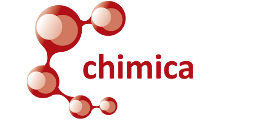Instructions
- Draw the desired molecule in the JSME panel.
- Write the proposed IUPAC name in the text field.
- Click on the button "Check name" to verify the molecule's identity.
- If the result is wrong, the molecule in the right panel represents the proposed name. A visual check will allow you to identify the differences!
- For help, it is possible to read the nomenclature rules for many functional groups.
JSME SMILES options: E/Z Stereo
Acknowledgements
- based on NCI Resolver (USA) and OPSIN (Univ. of Cambridge - UK). Examples of Supported nomenclature and OPSIN's known issues.
- Many thanks to Prof. Otis Rothenberger (Illinois State University, USA) for his great help with Javascript programming and for his friendship.








